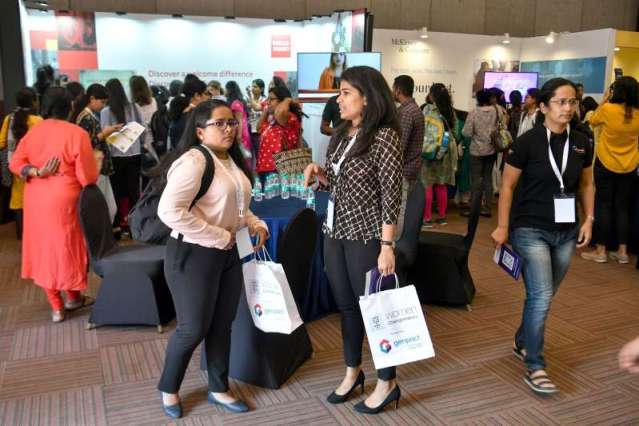The unemployment rate (UR) is defined as the percentage of persons unemployed among the persons in the labour force.
Unemployment rate for persons aged 15 years and above has remained unchanged at 3.2 per cent in July 2023 to June 2024, according to the labour force survey annual report released on Monday.
The unemployment rate (UR) is defined as the percentage of persons unemployed among the persons in the labour force.
Read More: Petrol, Diesel Fresh Prices Announced: Check Rates In Your City On September 25
The report stated that while the UR for male has shown a marginal decline from 3.3 per cent during July 2022 – June 2023 to 3.2 per per cent during July 2023 – June 2024, among female it has increased from 2.9 per cent to 3.2 per cent during the same time span.
Labour Force Participation Rate (LFPR) in usual status for persons of age 15 years and above was 60.1 per cent during July 2023 – June 2024 higher than 57.9 per cent in the previous year.
The same for male and female was 78.8 per cent and 41.7 per cent, respectively.
LFPR is defined as the percentage of persons in labour force (i.e. working or seeking or available for work) in the population.
LFPR for female of age 15 years above in usual status has increased from 37.0 per cent during July 2022 – June 2023 to 41.7 per cent during July 2023 – June 2024.
Read More: Zerodha Bracing For Big Revenue Hit Later This Year: CEO Nithin Kamath
For male of the same age group LFPR in usual status increased from 78.5 per cent to 78.8 per cent during the same time span.
Worker Population Ratio (WPR) in usual status was 58.2 per cent during July 2023 – June 2024 up from 56.0 per cent in the year ago. The same for male and female was 76.3 per cent and 40.3 per cent respectively.
The WPR in usual status among female of age 15 years and above has shown an increase from 35.9 per cent during July 2022 – June 2023 to 40.3 per cent during July 2023 – June 2024.
WPR is defined as the percentage of employed persons in the population.
Considering the importance of availability of labour force data at more frequent time intervals, National Sample Survey Office (NSSO) launched Periodic Labour Force Survey (PLFS) in April 2017.
The objective of PLFS is primarily two fold.
Read More: Gold Price Today: Check 22 Carat Rate In Your City On September 25
Firstly to estimate the key employment and unemployment indicators (viz. Worker Population Ratio, Labour Force Participation Rate, Unemployment Rate) in the short time interval of three months for the urban areas only in the ‘Current Weekly Status’ (CWS).
Secondly to estimate employment and unemployment indicators in both ‘Usual Status’ and CWS in both rural and urban areas annually.
Six Annual Reports covering both rural and urban areas giving estimates of all important parameters of employment and unemployment in both usual status and current weekly status (CWS) have been released.
These six Annual Reports are brought out on the basis of data collected in PLFS during July 2017- June 2018, July 2018-June 2019, July 2019-June 2020, July 2020 – June 2021, July 2021-June 2022 and July 2022-June 2023.
Now the seventh Annual Report is being brought out by NSSO on the basis of Periodic Labour Force Survey conducted during July 2023-June 2024.





































